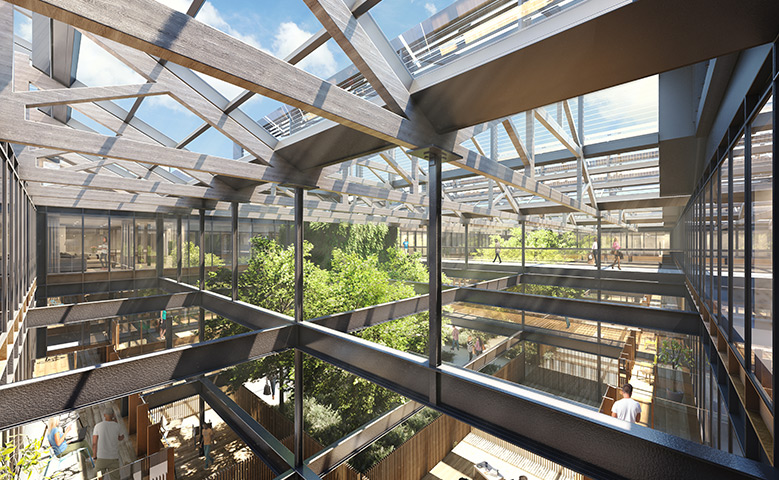
Why reuse favours innovation, viability and sustainability
At Trilogy we thrive on breathing new life into unloved buildings. Over many years we have thought about how to drive the optimum returns from a range of typologies, from ambitious “towers”, to midrise extensions, and simple refurbishments. The constant churning of ideas to find that ultimate solution involves examining dozens of scenarios with our ever patient architects, with the most ambitious ideas usually being brought down to earth by our cost consultants. Rightly or wrongly we nearly always end up following the mantra “less is more”– working with what we’ve got and adding incremental value where we can – sometimes the most creative ideas come from working within the confines of what you have already got. Some of my most successful deals, such as the repositioning of Triton Court to Alphabeta, seemed simple but in fact took months and months of work on different mixes of use before our ultimate decision to focus simply on an office by overtly being directed at the creative occupier.
Time and time again we keep reminding ourselves that, for the most part, buildings do not really matter – it is the people who occupy them that create the magic. As such, finding a persuasive mission and brand to draw people to an idea, rather than a grandiose architectural statement, can often provide the lowest cost, lowest risk and optimum returns. In this article, I discuss three key arguments in favour of retrofit: viability, lettability and sustainability.
Viability
Like many others we have spent numerous days trying to work out how to make ambitious residential development work. Whilst at first glance this might seem like a beguiling prospect, the truth is that the combination of rising build costs, affordable housing requirements and restrictions on apartment mix in residential schemes (the agents always want small, the planners want the opposite) make them hard to work out. Even if you do, you have the issue of working around in-situ occupiers and/or gaining vacant possession. If this is not achieved, you then must find ways to thread new structural columns through existing buildings, somehow creating space to dig new foundations and doing so whilst still complying with the “quiet enjoyment” covenant.
We have done all of this.
“One big no entry sign”
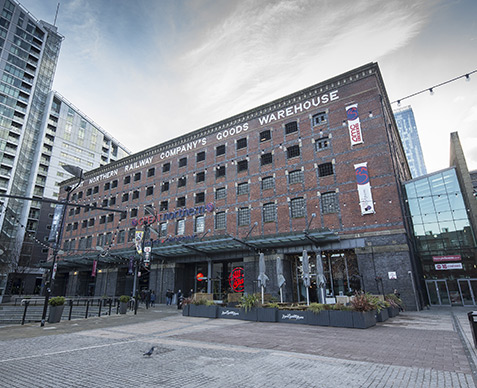
In zone one London, in an improving market, we could just about make it work but outside of this area we struggle to do so. We nearly always end up concluding that it is better to look for the easy wins – perhaps add two storeys on top of your building, infill an oversized atrium or ground floor arcade and possibly add a ground floor extension. If possible, keep ground works to a minimum and watch out for the plant and machinery cost spiral. In a post-Covid world and one where we need to be sensitive to climate change, we need to focus more on how we might provide temperate environments without costly in-built air conditioning systems. Not only are they expensive to install but they rarely provide the flexibility that occupiers want for their “creative” fit out plans.
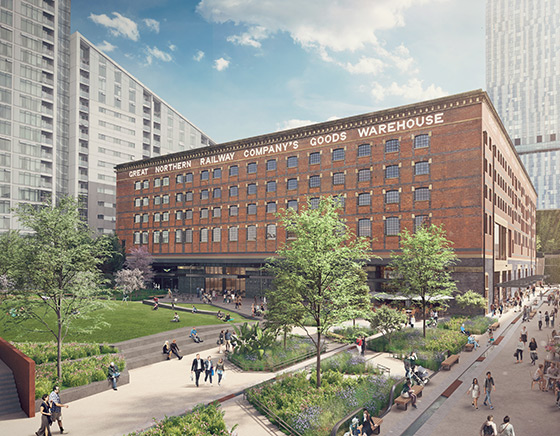
Lettability
You only must look at the types of buildings and spaces that the most successful companies in the world are drawn to. Yes, there are large scale new build projects such as Apple’s Infinite Loop but In New York, Google moved into the old Port Authority building in Chelsea. In London, Apple chose to create its headquarters within the repositioned and repurposed Battersea Power Station.
By retrofitting and carefully choosing where and how to invest capital, development costs can be reduced and with it, creative spaces delivered at a far more affordable rental level than new build.
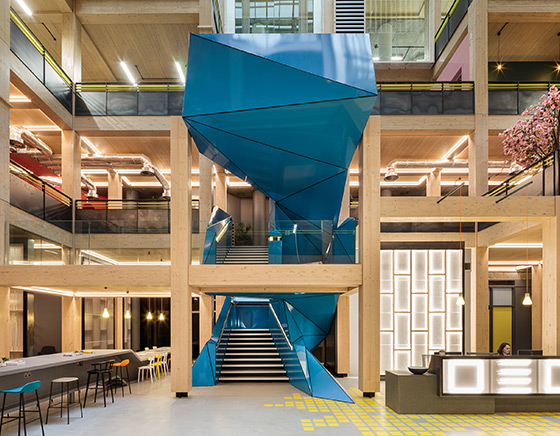
In retail, we love to visit Makers’ Markets like LX Factory in Lisbon, Copeland Park and the Bussey Building in Peckham or, the disused Victorian market reborn as Mackie Mayors in Manchester’s Northern Quarter.
At our project in the centre of Manchester we have given much thought to how to reposition a secondary and underperforming leisure complex. Our solution is simple – “less is more”. Take away the retail interventions and additions of the late 1990’s. Remove multilevel indoor malls, reduce from two car parks to one, take away car ramps and a service yard and allow the “Great Northern Warehouse” to be seen from all sides via open air pedestrianised streets lined with new independent vendors. We intend to bring vitality to the area around the Great Northern, by attracting the best space the north has to offer.
We have gained support from Historic England to create a massive internal garden within the middle of the building. We will create roof gardens, makerspaces, studios, screening rooms and spaces for small innovative businesses. There will be a biodiverse, sustainable management plan to create a new green district for Manchester. We have already employed a community gardener to engage with the neighbours to create a place they will love. Eventually, our aim is to make this the natural home for the most forward thinking, progressive and largest companies in the world. In so doing, we aim to create one of the best investments in the UK.
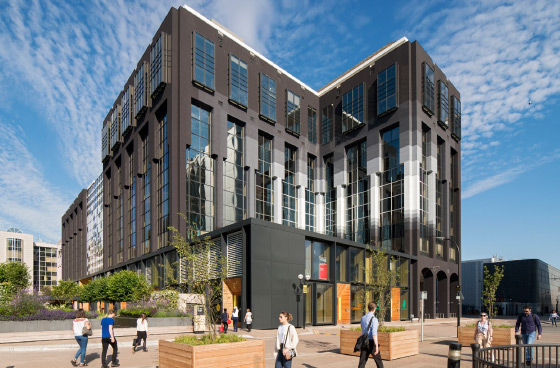
Sustainability
Finally, we have all had to wake up to the looming threat of climate disaster. If we cannot reverse these trends, we may not have a liveable planet by 2050. This is not good business for property investors. Trilogy woke up to this some years ago –especially hearing from our children about their concerns for the future. Five years ago, we decided to experiment with sustainable timber within our buildings. The advantage is not only bringing a warmth of character to previously sterile corporate spaces, but also playing our part in the fight against global warming.
At our Republic Campus, we decided to reverse the approach of the previous owner. Rather than demolish the existing, admittedly soulless, 1980’s office buildings to make way for high rise residential development, we looked for ways to introduce life and vibrancy to the place with light touch interventions. The ground floors were converted to retail, cafés, and gyms. We re-invigorated wind swept, bus dominated public realm by introducing water gardens broken up by outdoor pavilions (which also acted as wind breaks). Where space was added, we used cross laminated timber and glue laminated beams and columns. As a result, our building materials sequestered 1000 tonnes of carbon as opposed to new build development, which would have unleashed over 100,000 tonnes into the biosphere.
In the process, we have created a next-generation campus in one of the fastest growing, albeit poorest, boroughs of London. We have created a place where the “talent of the future” feels at home either in higher education or in dynamic and creative businesses. They tell us they love the architecture and place – a far cry from the response the buildings received before we started. We are proud to have created an environment that is not only sustainable but also attracts people with serious ambition from the local area. Unlike Canary Wharf, which when built seemed other worldly, Republic has become a vibrant campus offering opportunities for locals as well as many from further afield.
Creative reuse of buildings allows us to find viable ways to reuse the existing building stock whilst taking more measured risk than large-scale, ground-up development. Reusing buildings has a positive impact on the character of our cities whilst concurrently offering existing local communities with affordable places with an invitation to participate in the community in a way that full-scale, high rise development often deters. At the same time, adaptive reuse of buildings is a far more sustainable approach for the property industry to adopt than ground-up development. As the property industry navigates unprecedented political and economic uncertainties, adaptive reuse of buildings provides an intelligent, agile and financially viable alternative to redevelopment.


